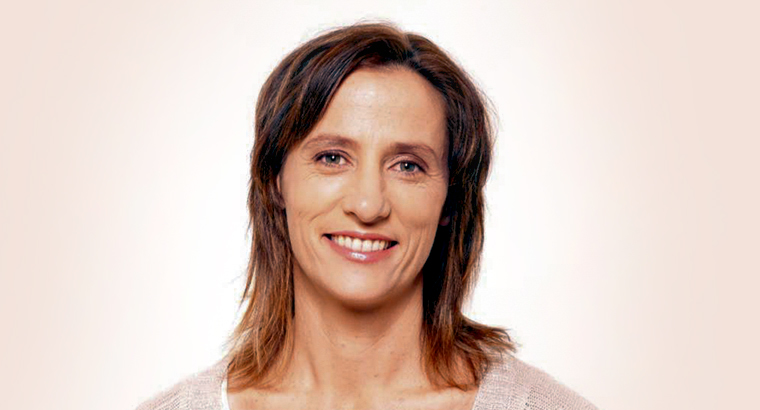News
With prescription opioids seemingly ubiquitous, why is heroin making a comeback?
Overdoses and deaths from heroin are once again becoming common in parts of Australia.
 Heroin is once again on the rise in parts of Australia.
Heroin is once again on the rise in parts of Australia.
A tide of heroin washed over Australia in the 1990s, with deaths peaking at 1740 at the end of the decade, before rolling back.
The country now finds itself in an era of commonly available prescription opioids like oxycodone and fentanyl, with overdoses and deaths on the rise.
So why has heroin not vanished? Why, in places like Melbourne, is it again causing high numbers of overdoses and deaths?
One reason is simple – there is more heroin available, with expansions of opium poppy fields in Afghanistan, the world’s largest producer, and across South-East Asia.
Rates of heroin use in Australia’s capital cities have increased to their highest in seven years, according to recent data from the National Wastewater Drug Monitoring Program.
Melbourne has the highest average capital city consumption, followed by Sydney.
The Victorian capital’s first heroin injecting room trial opened last year, with more than 60,000 visits to date. This week the facility in North Richmond, long a heroin hotspot, had its hours extended.
Deaths attributable to heroin last year hit a 17-year high, with 220 fatal overdoses.
Dr Hester Wilson, Chair of the RACGP’s Addiction Medicine Specific Interest network, told newsGP other unexpected factors in the resurgence of heroin include efforts to reduce inappropriate prescribing of prescription opioids and the roll out of real-time prescription monitoring, which is designed to prevent legal opioid misuse.
‘If people are dependent, they can’t just stop. So they will be forced to address the need in another way that is more dangerous,’ she said.
‘We know these medications have a risk, but we know that heroin is more of a risk.’
Dr Wilson warns that ‘blunt instruments’ like prescription monitoring would lead to unwanted consequences.
‘People dependent on [prescription] opioids won’t get the drug. So they’ll get them elsewhere, and heroin is more dangerous. It has a quicker onset and a higher chance of death,’ she said.

Dr Hester Wilson, Chair of the RACGP’s Addiction Medicine Specific Interest network, believes GPs need to have alternatives ready for patients seeking opioids.
Dr Wilson has worked at the Sydney injecting centre in Kings Cross, where she witnessed firsthand how the drugs differed in impact. She said others who are unable to access prescription opioids might instead turn to alcohol.
‘We need to look at the fact that people are using drugs for a reason. What will they turn to?’ she said.
Dr Wilson said GPs need to have alternatives ready for patients seeking opioids.
‘If you don’t give them [a prescription], people are more likely to get upset and a small percentage get desperate, because they are desperate,’ she said.
‘You can say, “I can’t give you this because it’s not safe, but I do want to help. There are excellent treatments for you”.’
Dr Wilson does acknowledge, however, that these conversations are only possible where services are readily available.
‘At the moment, access to opioid-substitution treatment with buprenorphine and methadone treatment is limited,’ she said. ‘We’ve got to have those options.’
According to Dr Wilson, opioid-substitution treatment is not being provided to enough people in need.
‘We’ve probably got between 30% and 50% unmet demand. And we do know there are long waiting lists for these programs, especially in rural and regional areas,’ she said.
John Ryan, CEO of drug policy organisation Pennington Institute, told newsGP there is a lack of hard data.
‘There’s been no solid evidence in the Victorian setting as to why there’s been an uptick in heroin. It may well be a result of prescribers being increasingly careful,’ he said.
‘It could be a result of the impact of real-time prescription monitoring, which has been rolled out in some practices. But there’s a problem knowing confidently what’s going on.
‘Certainly in the US, prescription monitoring has been shown to shift some people from the licit to the illicit market, particularly the fentanyl darkweb market.
‘What is a fact is that there’s a large market for opioids, whether licit or illicit, because we’re not effectively treating that opioid-seeking population.’
Australian Drug Foundation policy manager Geoff Munro sounded the alarm in 2015, saying that when people dependent on prescription opioids could no longer source them, they would turn to the streets for illicit drugs.
A 2017 Journal of Studies on Alcohol and Drugs paper on unmet demand for alcohol and other drug treatment estimated that unmet demand was between around 200,000 and 500,000 people in Australia.
Australian Bureau of Statistics data from 2016 show two thirds of opioid-related deaths (697 in total) were due to prescription opioids only, with 24% due to heroin only, and 11% to a mixture of both.
A National Drug and Alcohol Research Centre bulletin last year found that the percentage of opioid-induced deaths attributed to heroin only has increased from 19% of deaths in 2007 to 23% in 2016, with a larger spike in the percentage of deaths linked to both heroin and pharmaceutical opioids, which jumped from 4% in 2007 to 11% in 2016.
A recent American Journal of Public Health article analysing public policy responses to opioid misuse found that standalone efforts to reduce prescription opioids could drive heroin use upwards.
‘Policies that reduce the prescription opioid supply may increase heroin use and reduce quality of life in the short term, but in the long term could generate positive health benefits,’ the paper states.
‘A portfolio of interventions will be needed for eventual mitigation.’
heroin illicit drugs injecting room opioids
newsGP weekly poll
Health practitioners found guilty of sexual misconduct will soon have the finding permanently recorded on their public register record. Do you support this change?